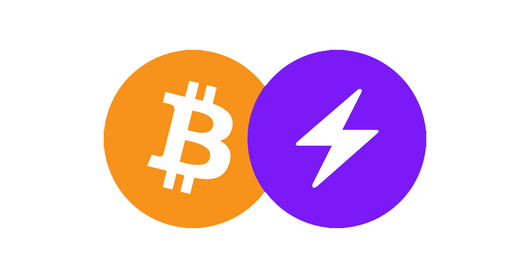In this article i will discuss the top alternatives to Bitcoin Lightning Network for faster transactions.
While Lightning Network enhances Bitcoin’s speed, other platforms can provide faster, scalable, and versatile solutions with better transaction speed, lower fees, smart contract capabilities and additional payment channels that go beyond its traditional form.
Key Point & Best Alternatives to Bitcoin Lightning Network for Faster List
| Blockchain | Keypoint Description |
|---|---|
| Stacks (STX) | Bitcoin Layer 2 enabling smart contracts and DeFi on Bitcoin using Clarity language. |
| Merlin Chain | zk-Rollup Layer 2 for Bitcoin with EVM compatibility and support for BTC assets. |
| Fantom (FTM) | High-speed DAG-based Layer 1 platform optimized for DeFi and smart contracts. |
| Polygon (MATIC) | Ethereum scaling solution with PoS chain and multiple zkEVM-based Layer 2 networks. |
| Optimism | Ethereum Layer 2 scaling solution using Optimistic Rollups for faster, cheaper txs. |
| Arbitrum | Leading Optimistic Rollup Layer 2 for Ethereum with broad DeFi and dApp adoption. |
| Solana (SOL) | Ultra-fast Layer 1 blockchain using Proof of History, ideal for high-throughput apps. |
| Avalanche (AVAX) | Layer 1 with subnet architecture enabling customizable blockchains and high scalability. |
| Algorand (ALGO) | Pure Proof-of-Stake Layer 1 focused on speed, decentralization, and low fees. |
| Liquid Network | Bitcoin sidechain for confidential, fast transactions and asset issuance (e.g., tokens). |
1.Stacks (STX)
Stacks (STX) is an outstanding alternative to the Bitcoin Lightning Network for faster and more flexible Bitcoin transactions.
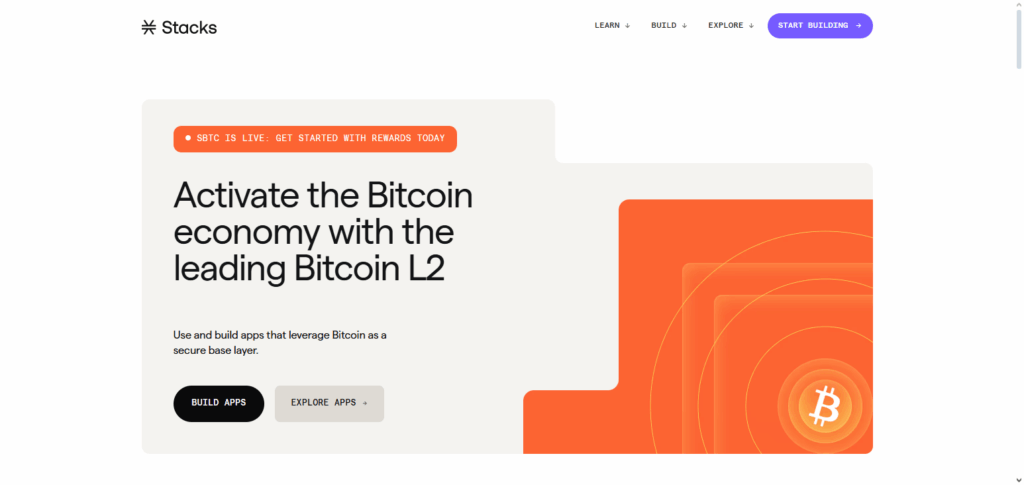
While Lightning uses payment channels, Stacks anchors smart contracts directly onto Bitcoin through its Proof of Transfer (PoX) consensus mechanism allowing faster transactions securely using decentralized apps and faster transactions while remaining within Bitcoin’s base layer security – providing powerful scalable alternatives with faster utility.
| Feature | Details |
|---|---|
| Blockchain Type | Bitcoin Layer 2 |
| Transaction Speed | Faster than Bitcoin base layer via Layer 2 smart contracts |
| Consensus Mechanism | Proof of Transfer (PoX), anchored to Bitcoin |
| Smart Contracts | Yes, using Clarity language for secure, predictable contracts |
| KYC Requirements | Minimal to none for most transactions; depends on platform integration |
| Use Cases | Faster BTC payments, DeFi, NFTs, dApps |
| Security | Settles on Bitcoin blockchain for strong security |
| Unique Point | Enables programmable Bitcoin apps without compromising Bitcoin’s base-layer security |
2.Merlin Chain
Merlin Chain has proven itself an efficient alternative to Bitcoin Lightning Network for faster transactions by offering its zk-Rollup technology directly compatible with Bitcoin. While Lightning relies on channel-based routing, Merlin Chain allows scalable, low-cost, high-throughput transactions while maintaining security through zero-knowledge proofs.
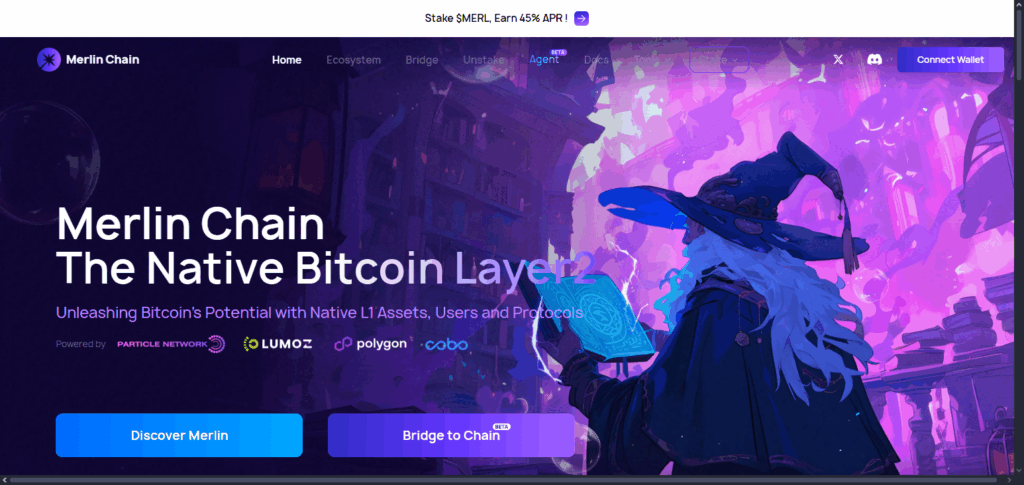
EVM compatibility enables DeFi, NFTs and smart contracts to operate with BTC liquidity seamlessly providing faster and more versatile applications on top of a trustless base anchored to bitcoin’s trustless foundation.
| Feature | Details |
|---|---|
| Blockchain Type | Bitcoin Layer 2 zk-Rollup |
| Transaction Speed | High throughput with near-instant finality |
| Consensus Mechanism | zk-Rollup technology anchored to Bitcoin |
| Smart Contracts | EVM-compatible, supports Ethereum smart contracts |
| KYC Requirements | Minimal KYC, varies by platform usage and regulatory compliance |
| Use Cases | Fast BTC transactions, DeFi, NFTs, cross-chain interoperability |
| Security | Secured by Bitcoin’s base layer through zk proofs |
| Unique Point | Combines zero-knowledge proofs with Bitcoin security for scalable, private transactions |
3.Fantom (FTM)
Fantom (FTM) stands out as an attractive alternative to Bitcoin Lightning Network by offering near instant, low cost transactions through its unique Directed Acyclic Graph (DAG) consensus called Lachesis.
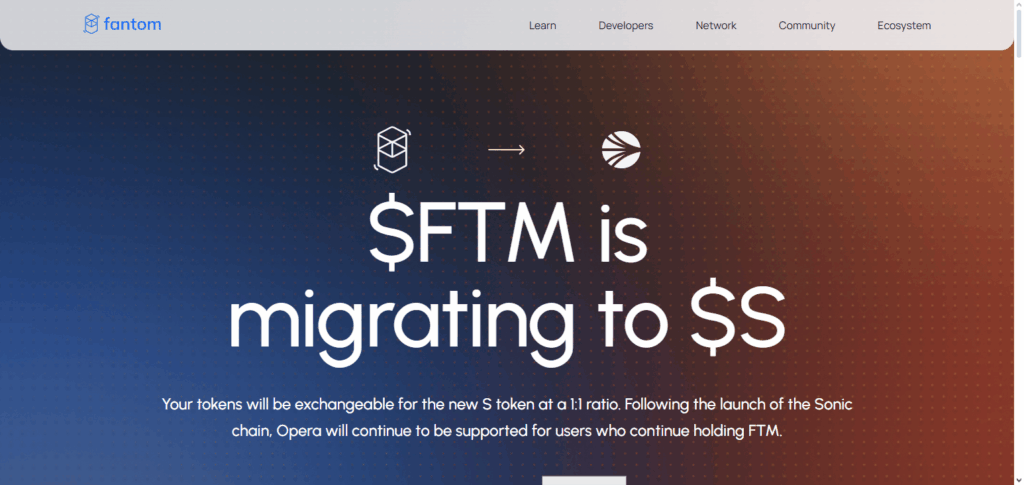
Fantom differs significantly from Lightning by employing its unique Asynchronous Byzantine Fault Tolerant (aBFT) protocol which supports fast throughput and finality within seconds for complex smart contracts and DeFi applications – perfect for users seeking fast blockchain solutions that go beyond simple Bitcoin payments in terms of speed, flexibility and security – making Fantom an attractive proposition compared to Lightning’s channel-based system and channel-based system of transaction channels.
| Feature | Details |
|---|---|
| Blockchain Type | Layer 1 Directed Acyclic Graph (DAG) based platform |
| Transaction Speed | Near-instant finality, thousands of transactions per second |
| Consensus Mechanism | Lachesis Asynchronous Byzantine Fault Tolerance (aBFT) |
| Smart Contracts | Yes, Ethereum-compatible smart contracts |
| KYC Requirements | Minimal KYC; depends on the platform and wallet used |
| Use Cases | Fast payments, DeFi, NFTs, enterprise applications |
| Security | Secure through aBFT consensus and decentralized validation |
| Unique Point | High throughput and low latency via DAG consensus, optimized for scalability |
4.Polygon (MATIC)
Polygon (MATIC) is an innovative alternative to the Bitcoin Lightning Network that enables faster transactions by offering multi-chain Layer 2 scaling solutions with lower fees and increased throughput.
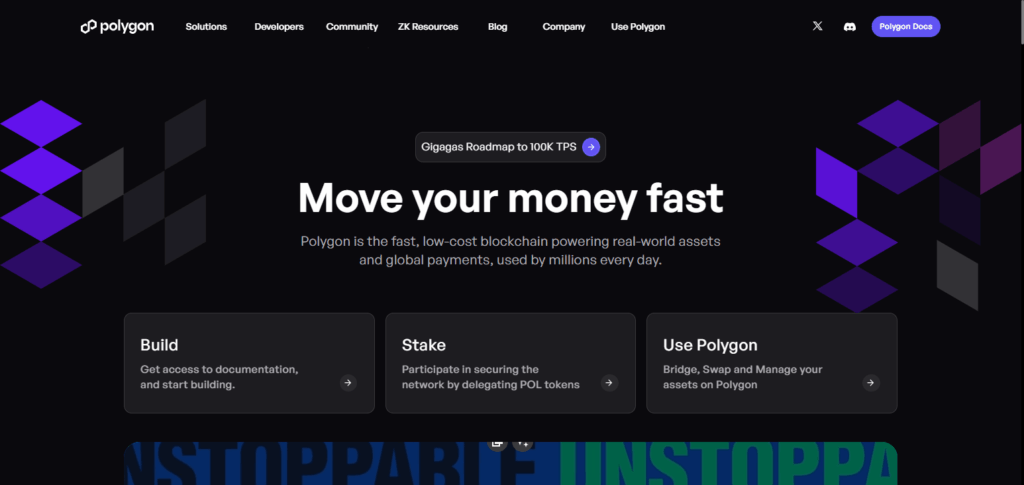
Featuring its signature combination of Proof-of-Stake sidechain technology coupled with other Layer 2 technologies like zk-rollups and optimistic rollups enables rapid transactions without using payment channels such as Lightning. Polygon’s flexible architecture supports diverse dApps making it an efficient platform capable of speedy crypto transfers beyond Bitcoin’s native network.
| Feature | Details |
|---|---|
| Blockchain Type | Ethereum Layer 2 scaling solution |
| Transaction Speed | Fast, with sub-second block times on PoS chain and Layer 2 solutions |
| Consensus Mechanism | Proof of Stake (PoS) and Layer 2 rollups (zk-rollups, optimistic rollups) |
| Smart Contracts | Fully Ethereum-compatible smart contracts |
| KYC Requirements | Minimal KYC, primarily depends on exchange or platform integration |
| Use Cases | DeFi, NFTs, gaming, fast and low-cost payments |
| Security | Secured by Ethereum mainnet and PoS validators |
| Unique Point | Multi-chain framework combining PoS and various Layer 2 solutions for scalability |
5.Optimism
Optimism provides an attractive alternative to Bitcoin Lightning Network by employing the Optimistic Rollup technology for faster and cheaper Ethereum transactions. As opposed to Lightning’s channel-based system, Optimism batches multiple transactions off-chain before submitting them as one proof on-chain, significantly increasing throughput while simultaneously decreasing costs.
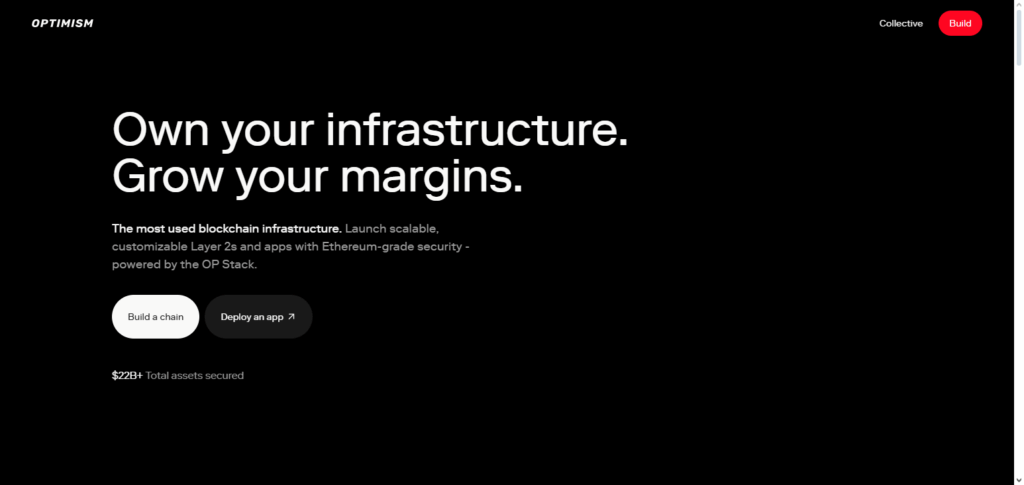
Furthermore, its seamless Ethereum compatibility enables developers to deploy smart contracts quickly without major modifications, making Optimism an efficient, scalable solution for fast yet secure transactions beyond what Bitcoin’s payment-focused Lightning Network can provide.
| Feature | Details |
|---|---|
| Blockchain Type | Ethereum Layer 2 scaling solution using Optimistic Rollups |
| Transaction Speed | Faster than Ethereum mainnet with ~2-second finality |
| Consensus Mechanism | Optimistic Rollup technology |
| Smart Contracts | Fully Ethereum-compatible smart contracts |
| KYC Requirements | Minimal KYC, depends on platform/exchange used |
| Use Cases | DeFi, NFTs, fast payments, dApps |
| Security | Security inherited from Ethereum mainnet |
| Unique Point | Easy developer migration with minimal code changes due to EVM compatibility |
6.Arbitrum
Arbitrum is an innovative alternative to Bitcoin Lightning Network that leverages Optimistic Rollups for fast, low-cost transactions with Ethereum-level security. Unlike Lightning’s payment channel model, Arbitrum processes large batches of transactions off-chain before submitting compressed proofs on-chain, increasing scalability while maintaining decentralization.
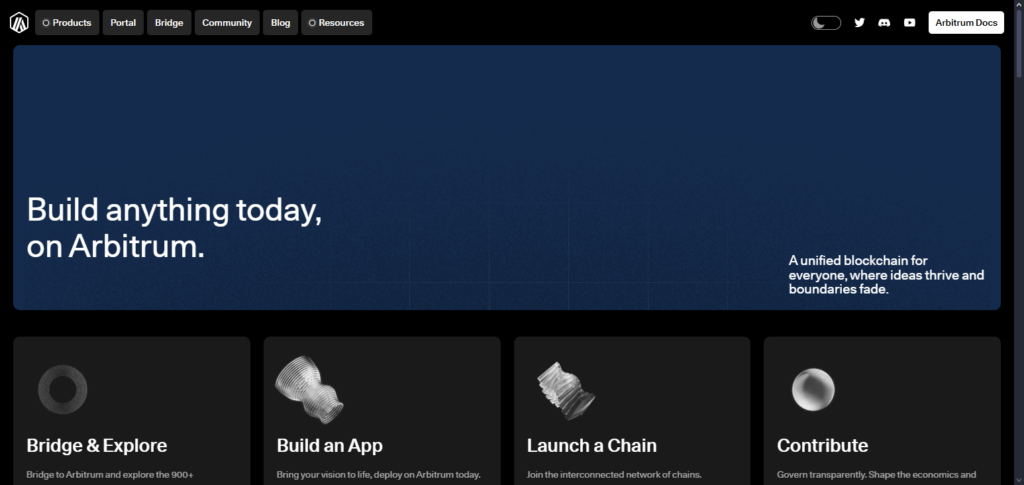
Strong developer support and compatibility with existing Ethereum tools makes building and deploying complex smart contracts simple; making Arbitrum an excellent choice for fast blockchain interactions beyond Bitcoin’s scope.
| Feature | Details |
|---|---|
| Blockchain Type | Ethereum Layer 2 scaling solution using Optimistic Rollups |
| Transaction Speed | Faster transaction finality (~2-3 seconds) compared to Ethereum mainnet |
| Consensus Mechanism | Optimistic Rollup technology |
| Smart Contracts | Fully Ethereum-compatible smart contracts |
| KYC Requirements | Minimal KYC, depending on platform or exchange integration |
| Use Cases | DeFi, NFTs, gaming, fast and low-cost payments |
| Security | Security derived from Ethereum mainnet |
| Unique Point | High developer adoption with seamless Ethereum tool integration |
7.Solana (SOL)
A strong substitute for the Bitcoin Lightning Network, Solana (SOL) provides lightning-fast transaction speeds via its novel Proof of History (PoH) and Proof of Stake consensus. Solana maintains decentralization while handling thousands of transactions per second on a single Layer 1 blockchain, in contrast to Lightning’s off-chain payment channels.
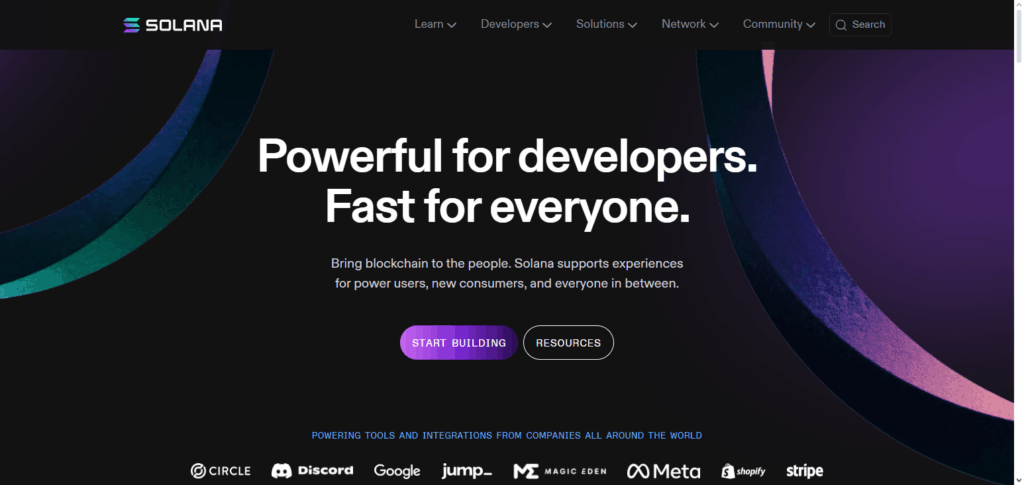
High throughput and low latency are made possible by its special architecture, which makes it perfect for DeFi, NFTs, and real-time applications. It offers a smooth, scalable environment for quicker transactions outside of Bitcoin’s payment-focused network.
| Feature | Details |
|---|---|
| Blockchain Type | Layer 1 high-performance blockchain |
| Transaction Speed | Extremely fast — up to 65,000 transactions per second |
| Consensus Mechanism | Proof of History (PoH) combined with Proof of Stake (PoS) |
| Smart Contracts | Supports smart contracts via Rust and C programming languages |
| KYC Requirements | Minimal KYC, mostly dependent on platform or exchange |
| Use Cases | DeFi, NFTs, gaming, real-time payments |
| Security | Secure through decentralized PoS consensus with historical timestamping |
| Unique Point | Combines innovative PoH consensus with high throughput for ultra-fast finality |
8.Avalanche (AVAX)
By fusing fast consensus with adaptable subnet technology, Avalanche (AVAX) provides a compelling substitute for the Bitcoin Lightning Network. Avalanche’s Avalanche consensus allows for thousands of transactions per second across its principal network and nearly instantaneous finality, in contrast to Lightning’s channel-based method.
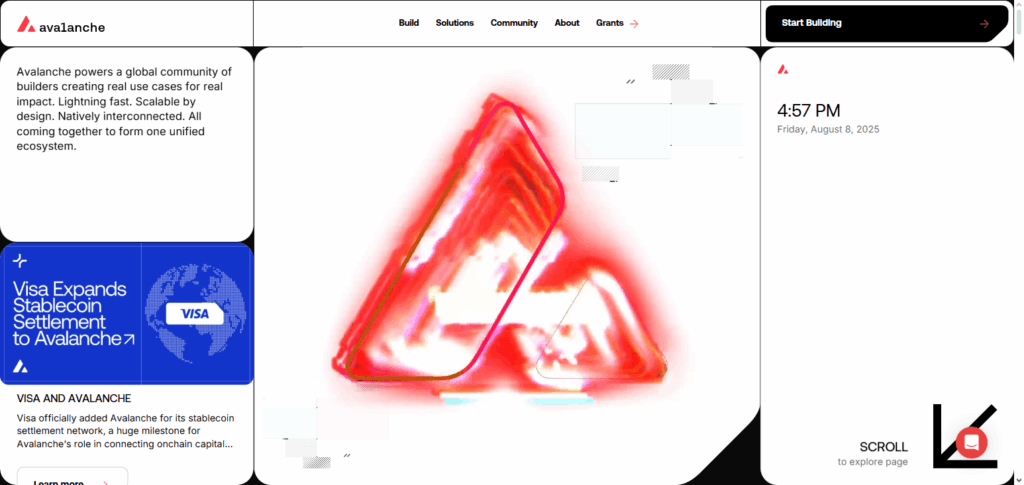
Because of its special subnet functionality, developers may design custom blockchains that are scalable and flexible, tailored for certain use cases and speed. Because of this, Avalanche is a great choice for quick and flexible blockchain applications that extend beyond straightforward Bitcoin transactions.
| Feature | Details |
|---|---|
| Blockchain Type | Layer 1 platform with customizable subnets |
| Transaction Speed | Near-instant finality, thousands of transactions per second |
| Consensus Mechanism | Avalanche consensus protocol |
| Smart Contracts | Ethereum-compatible smart contracts |
| KYC Requirements | Minimal KYC, depending on platform or exchange |
| Use Cases | DeFi, NFTs, enterprise blockchain, fast payments |
| Security | High security through decentralized consensus |
| Unique Point | Flexible subnet architecture allowing tailored blockchains for specific needs |
9.Algorand (ALGO)
With its Pure Proof-of-Stake consensus, Algorand (ALGO) is a potent substitute for the Bitcoin Lightning Network, providing quick and safe transactions. Algorand offers instantaneous transaction finality on-chain with low costs and strong scalability, in contrast to Lightning’s off-chain payment channels.
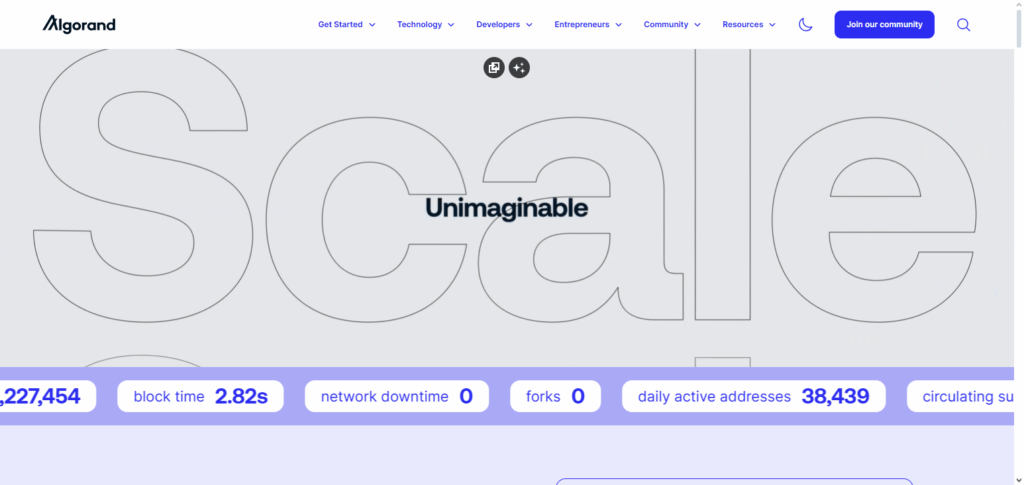
Its protocol is perfect for DeFi apps, smart contracts, and payments since it guarantees decentralization without sacrificing speed. Algorand is a dependable platform for quicker blockchain transactions outside of Bitcoin’s primary network because of its distinct emphasis on fusing speed, security, and ease of use.
| Feature | Details |
|---|---|
| Blockchain Type | Layer 1 Pure Proof-of-Stake (PPoS) blockchain |
| Transaction Speed | Fast finality in under 5 seconds |
| Consensus Mechanism | Pure Proof-of-Stake (PPoS) |
| Smart Contracts | Supports smart contracts via Algorand Smart Contracts (ASC1) |
| KYC Requirements | Minimal KYC depending on platform/exchange policies |
| Use Cases | Payments, DeFi, NFTs, tokenization |
| Security | Secure, decentralized with strong cryptographic guarantees |
| Unique Point | Combines speed, decentralization, and scalability with low transaction fees |
10.Liquid Network
Offering a Bitcoin sidechain made for quicker, private transactions and asset issuance, Liquid Network is a top substitute for the Bitcoin Lightning Network. Liquid, which is still based on Bitcoin’s security, allows for very instantaneous settlement with improved privacy through private transactions, in contrast to Lightning’s off-chain payment channels.
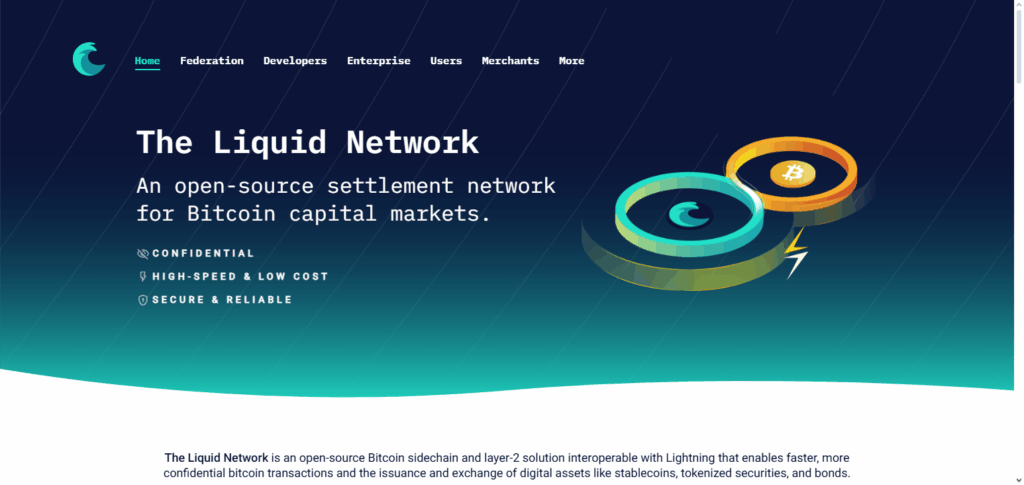
It is special for traders and organizations looking for speed and anonymity without compromising Bitcoin’s credibility because it can issue and transfer tokenized assets alongside BTC. Liquid is perfect for quicker, more discreet Bitcoin-based transactions since it blends efficiency with adaptability.
| Feature | Details |
|---|---|
| Blockchain Type | Bitcoin sidechain |
| Transaction Speed | Near-instant settlement, typically within minutes |
| Consensus Mechanism | Federated consensus with trusted functionaries |
| Smart Contracts | Supports confidential asset issuance and transfer |
| KYC Requirements | Minimal KYC, mainly for asset issuance and exchange platforms |
| Use Cases | Fast BTC transfers, confidential transactions, token issuance |
| Security | Anchored to Bitcoin blockchain for strong security |
| Unique Point | Focus on confidential transactions and asset issuance on Bitcoin sidechain |
Conclusion
In conclusion, a number of cutting-edge substitutes provide distinct benefits, even if the Bitcoin Lightning Network is nevertheless a well-liked option for quicker Bitcoin transactions. By using smart contracts, zk-Rollups, and sidechains, platforms such as Stacks, Merlin Chain, and Liquid Network expand the potential of Bitcoin while offering speed and adaptability.
In the meantime, scalable, inexpensive, and quick transactions with wider application support are provided by Layer 1 and Layer 2 solutions like Fantom, Polygon, Optimism, Arbitrum, Solana, Avalanche, and Algorand. When combined, these substitutes increase the potential for quick, safe, and effective blockchain use outside of conventional Lightning channels.
FAQ
What makes these alternatives better than the Bitcoin Lightning Network?
Many alternatives offer faster transaction finality, lower fees, and broader functionalities like smart contracts and asset issuance, overcoming some limitations of Lightning’s payment channel model.
Are these alternatives compatible with Bitcoin?
Some, like Stacks, Merlin Chain, and Liquid Network, are directly anchored to Bitcoin, while others like Polygon, Solana, and Avalanche operate as independent blockchains or Layer 2 solutions with broader use cases.
Do these alternatives support smart contracts?
Yes, most alternatives such as Stacks, Fantom, Polygon, Optimism, and Arbitrum provide smart contract functionality, enabling decentralized apps beyond simple payments.



